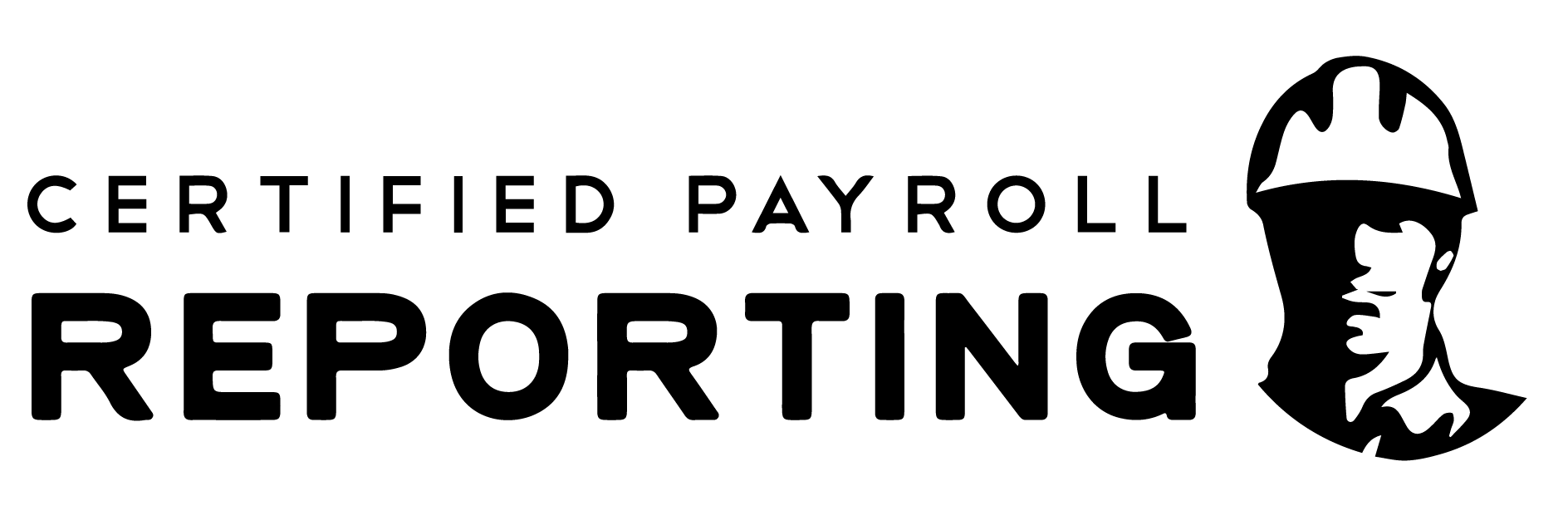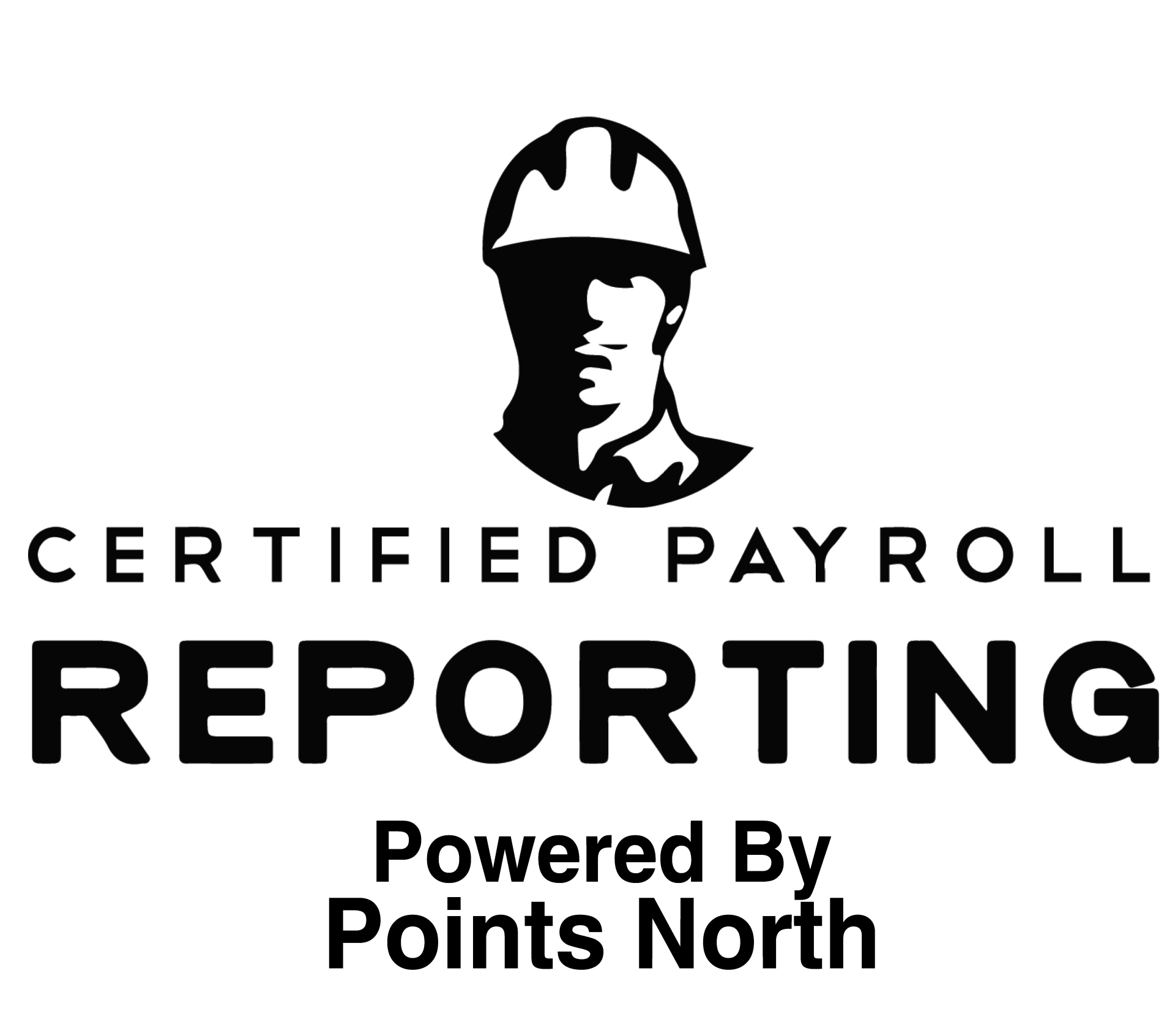NOW AVAILABLE: Certified Payroll Reporting Full Service! Click here for details
A Guide to Employee Fringe Benefits

Fringe benefits are a regular part of payroll reporting — but they can also be slightly confusing.
To help turn that slight confusion into solid understanding, we’ve put together this guide. Learn more about fringe benefits, including what they are, how they’re paid and examples of both taxable and non-taxable varieties below.
What are employee fringe benefits?
Fringe benefits are any compensation beyond agreed-upon salary or wages. For example: Your paycheck isn't a fringe benefit, but the gym membership your employer gives you as part of your compensation package would be.
When it comes to what is considered fair market value for a given benefit, it's better to ask your tax professional or the IRS over assuming a benefit's value on your own. You can get a general idea by looking at the retail cost of a benefit given. If we go back to the gym membership, that would mean looking at what the yearly cost of a membership adds up to for an individual, even if your organization was able to get a lower price through bulk pricing.
How are fringe benefits paid?
Fringe benefits are paid in a variety of ways. Most typically, they'll be made in the form of services, cash or cash equivalents. Transportation and travel allowances, stock options, and most insurance varieties fall under this umbrella. The determination of how fringe benefits are delivered depends on the employer, employee and any contractual agreement they've come to.
Which fringe benefits are taxable and which ones aren’t?
One of the most important things to know about fringe benefits is whether or not they're taxable.
Our
compliance reporting solution helps automate the process by knowing these details for you, but we always recommend basic foundational knowledge for any contractor interested in running their business (and payroll) as optimally as possible. Here's what you need to know about the taxation of fringe benefits:
Nearly all fringe benefits are taxable. Fringe benefits typically come in the form of product or service offerings as opposed to regular cash payments. Because of this, they get taxed on their perceived cash value according to the current fair market rate. Common examples of taxable fringe benefits include discretionary bonuses, the majority of stock options, moving expenses, employer-provided vehicle access and transportation benefits… and more.- That said… not all fringe benefits are taxable. Taxes are complex, which means that the rules regarding what is and isn't taxable aren't straightforward. The IRS provides rules that exclude all or part of the valuation of various benefits based on certain parameters. The most commonly found non-taxable fringe benefits include disability, medical and group term life insurance, health savings accounts, qualified employee discounts and commuter benefits up to certain limits. If you want to dig deeper, we recommend visiting the IRS' tax guide to fringe benefits directly.
Generating certified payroll reports and dealing with the nuance of fringe benefit management is a lot of work. As a contractor, you have enough to do without worrying about every nuance of your certified payroll. Save yourself time
and
verify compliance with automated, customizable certified payroll software.
Contact the team at Certified Payroll Reporting today to learn more about how we can streamline your payroll process so you can stay focused on building your business.











